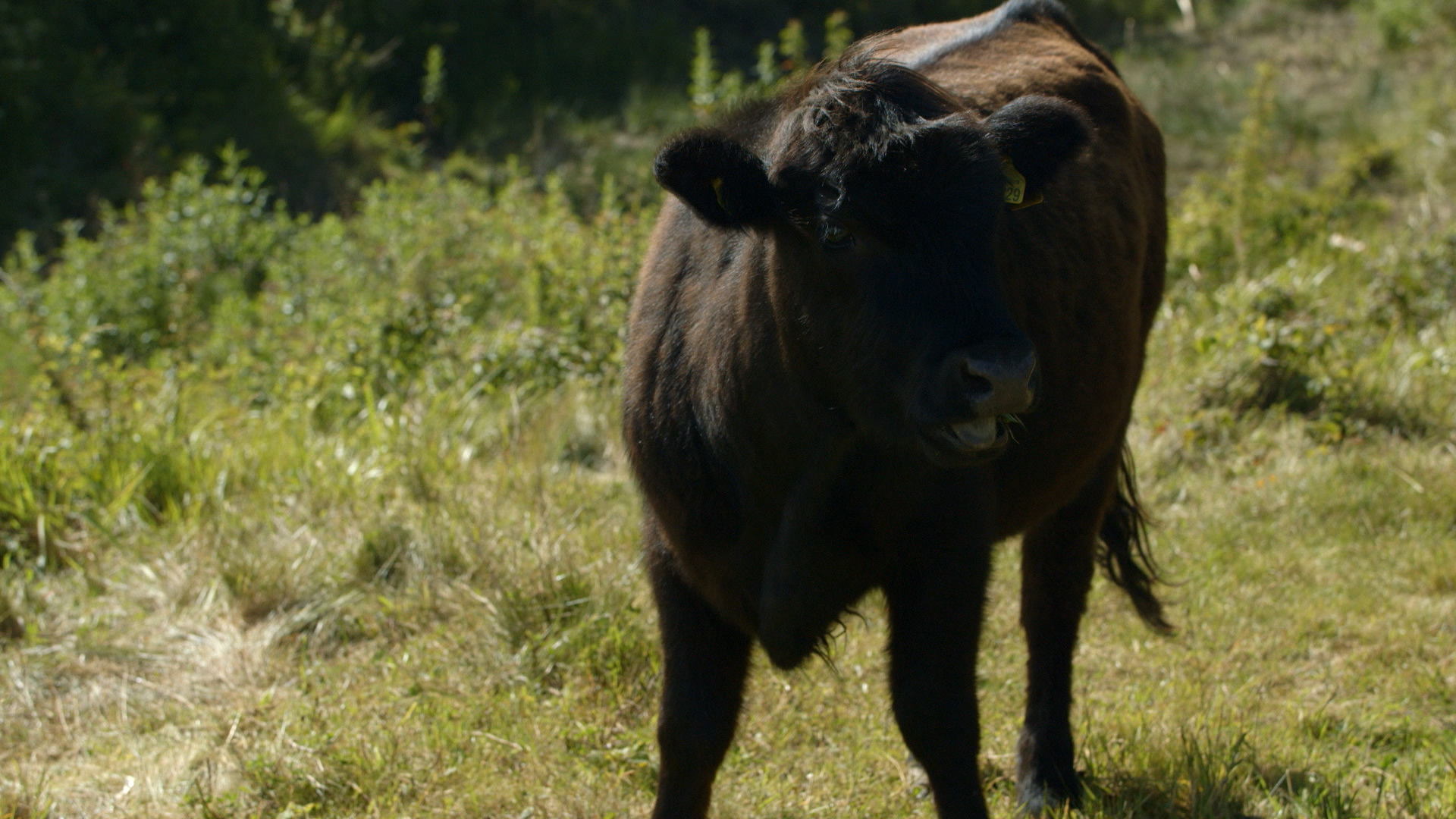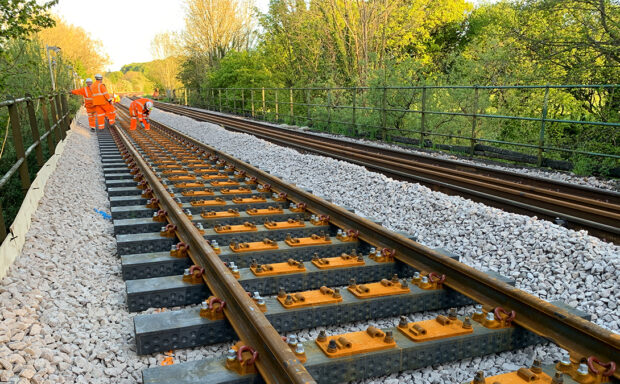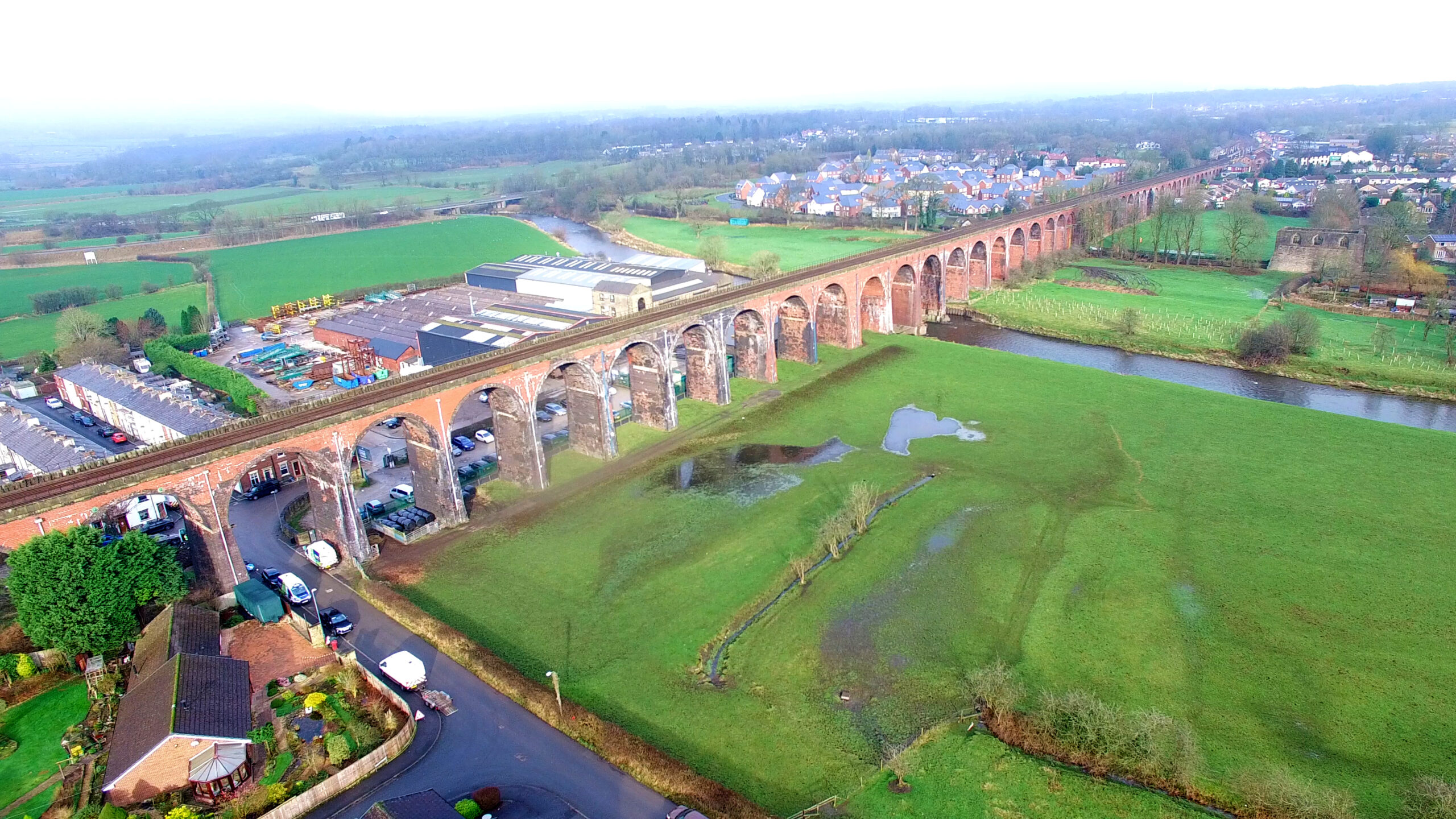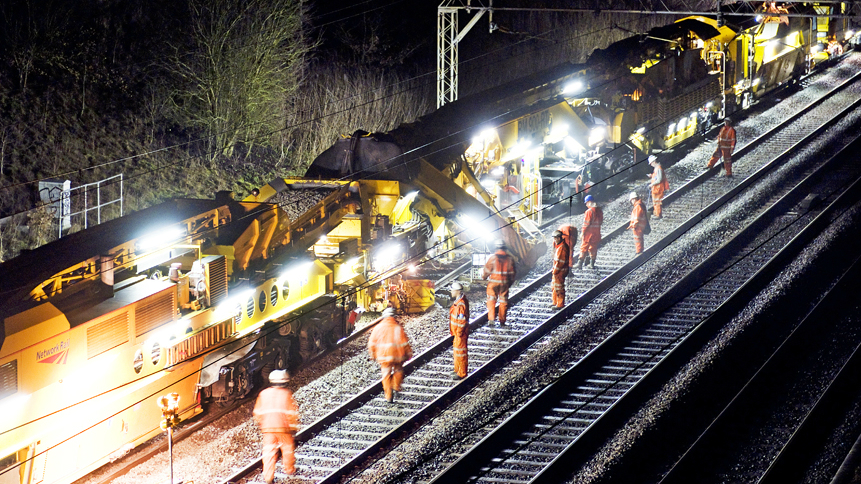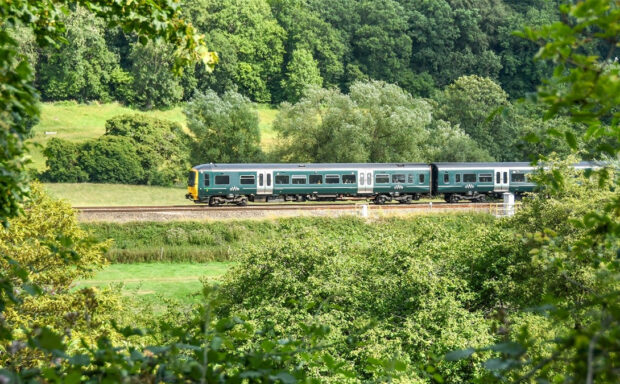Running Britain’s railway comes with great responsibility for the land and wildlife beside it.
Folkestone Warren, a country park along the Kent seafront, sits near one of the main railway routes from Folkestone to London. It’s one of our finest examples of biodiversity – take a short walk from the beach and find rare bees, moths and even the first cattle to graze on the site in about 100 years.
In fact, it’s one of the best sites for spotting biodiversity in South East England thanks to its range of habitats. They include cliffs, rocky shoreline, chalk grassland and woodland, according to Alfie Gay, a ranger at the White Cliffs Countryside Partnership, which looks after the land on behalf of Folkestone & Hythe District Council.
Network Rail is a proud member of the partnership, which aims to preserve the local environment and has worked especially hard in recent years to dramatically improve biodiversity at Folkestone Warren, increasing the number of rare species at this nationally important site.
Watch this film to find out more:
Site of Special Scientific Interest
Folkestone Warren is a designated Site of Special Scientific Interest (SSSI) and in Europe is comparable with just one other place, in Italy, says Derek Butcher, route asset manager, geotechnics, drainage and off track on our South East route.
Dere said: “A number of the species here are protected, individually as well… There’s birds, butterflies and plants that all need to be looked after. Some of those protected species grow very close to the track so we need to make sure that they are looked after as well as running trains at the same time.”
Alfie said Folkestone Warren was distinct because it boasts an impressive cross-section of geology and an array of rare moths. Its close proximity to France – visible from the Warren on a clear day – makes it ideal for species that need slightly warmer temperatures to survive. It’s also an important destination for wildlife migrating across the Channel to establish new populations.
Alfie said: “We have a lot of species which are just on the edge of their range – northern edge of their range. They struggle to get a foothold further into the country.”
Gallery: the railway runs alongside the Warren, which is full of protected species – and cattle to graze the land for a better environment for wildlife
The reintroduction of cattle grazing to the Warren for the first time in about 100 years has largely contributed to the improved biodiversity.
We returned cattle to the area about six years ago and today, Highland cows crossed with Aberdeen Angus cows graze here for part of the year. They organically manage the scrubland, which substantially improves the environment for the species that live there.
Alfie said: “Grazing would have been widespread at the Warren until the early 20th century. We think it ceased around 1920 or thereabouts…
“Without grazing, scrub moves in, and so you lose the grassland and you lose all of the smaller chalk herbs – so your plants like marjoram or milkwort or horseshoe vetch. And these are all wild flowers which are really important for butterflies to complete their lifecycles.”
We have 30 species of butterfly at Folkestone Warren and very rare species of moth, including the fiery clearwing, only found in Britain on this stretch of coast.
The partnership’s work with local volunteers has also led to a rise in the number of common spotted orchids at the Warren. Wild flowers – which here also include dogwood and wild privet – are crucial to the rich population of bees in the area: bumble bees, solitary bees and mining bees to name a few.
Alfie said: “If we have more bees, then we have more pollination, so we have more wild flowers so it’s a positive feedback.”
Read more:
Folkestone Warren – The Great Fall to SSSI
The Great Fall – historic landslip images resurface
Climate change and weather resilience
International Women’s Day – Q&A with Michelle Chrabalowski, environment specialist
